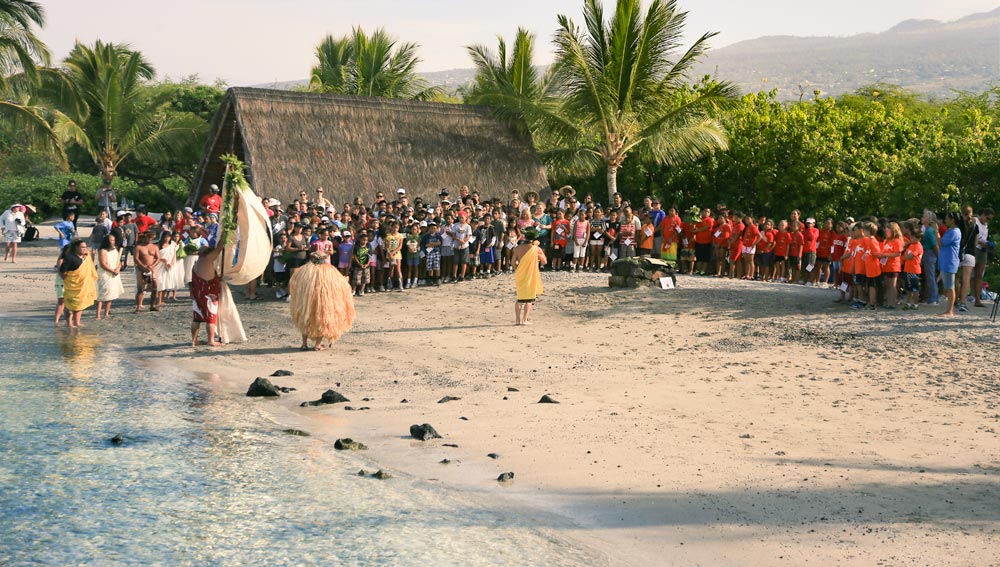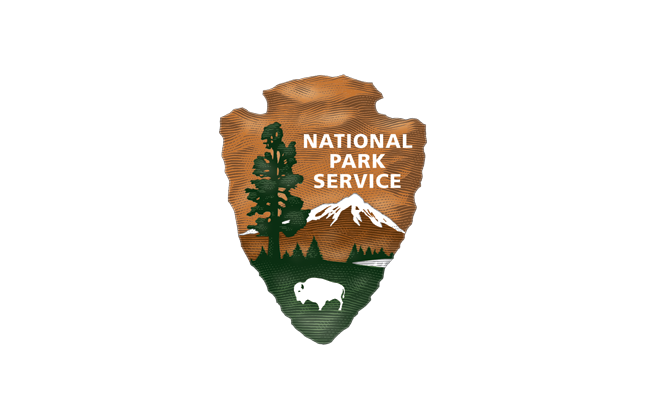
PARK LOCATION
Explore the Park


Historical Grounds
The great, restored wall on Kaloko Fishpond is the heart of this park. Rebuilt on the original foundation, its bulk and complexity will inspire wonder. ʻAimakapā Fishpond, a wetland managed for rare birds, is fronted by a long, peaceful beach. Take the .8-mile trail to the coast from the visitor center to experience a petroglyph field.

Coastal Wildlife
The park has become known for the number of young Hawaiian green sea turtles feeding nearshore or basking onshore. They are federally protected; it’s best to keep 20 ft. from them. Birders can find native herons, stilts, and coots in the two large fishponds. Occasionally a Hawaiian monk seal can be seen resting on the walls of ʻAiʻopio Fishtrap.
Park Features
Hover to Discover
Hawaiian green sea turtles are recovering from overharvesting, and this park is one place where that recovery is visible.
The wooden sluice gate, or makaha, of the great fishpond of Kaloko, allows small fish to come in, fatten up, and be trapped.
The stones of the ʻAiʻopio fishtrap still sit in shallow, serene water. These stone walls make a safe swimming pool for children.
ʻAimakapā fishpond, serene behind its great sand dune, is host to rare Hawaiian wetland birds like endemic Hawaiian coots.
The name Kaloko was really two words: Ka (the) Loko (pond). It was apparently famous: everyone knew which pond was “the pond”.
Native Hawaiian stilts, or aeʻo, are elegant black and white birds with long pink legs. Proportionately, this stilt has some of the longest bird legs in the world.



